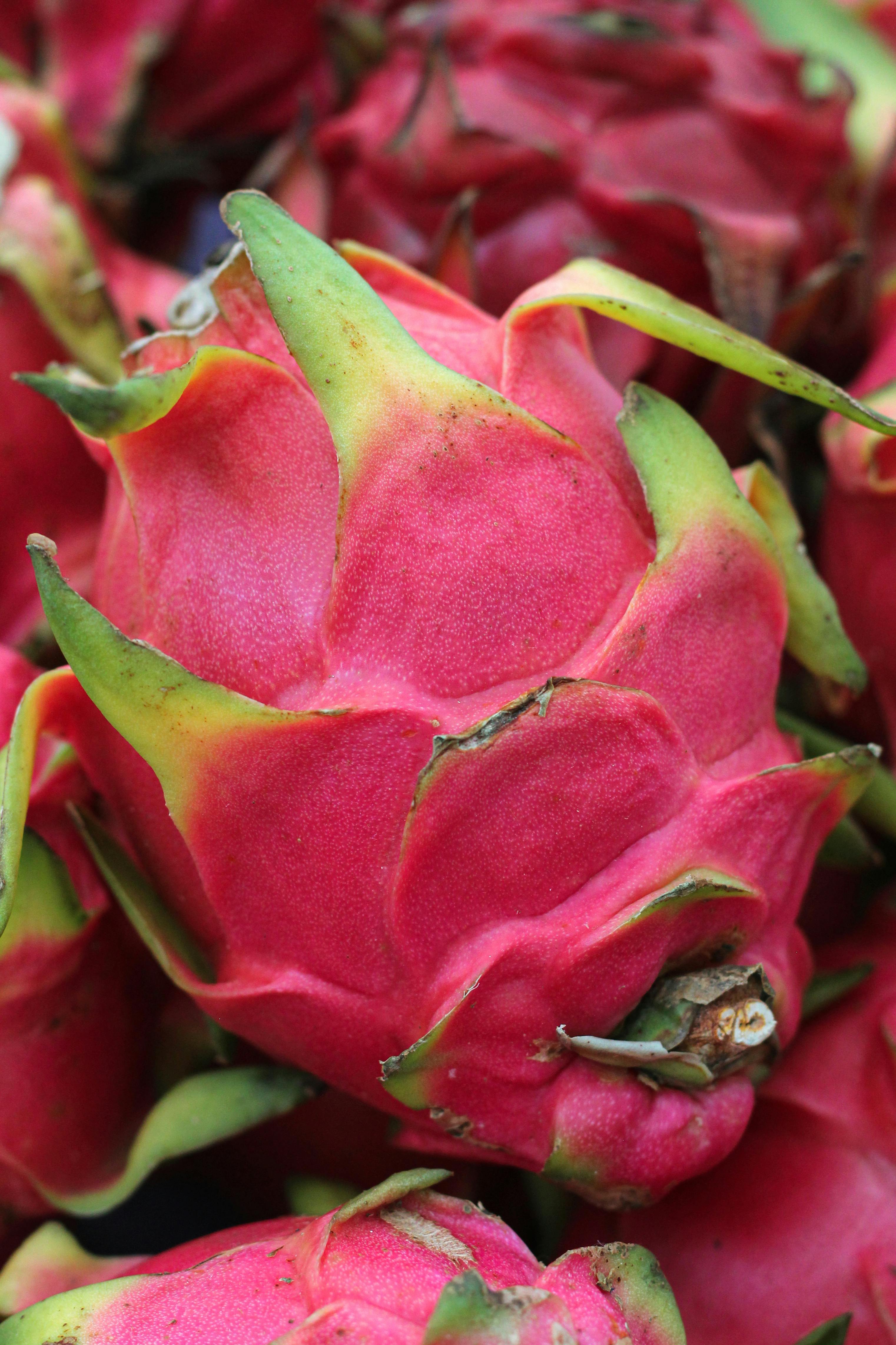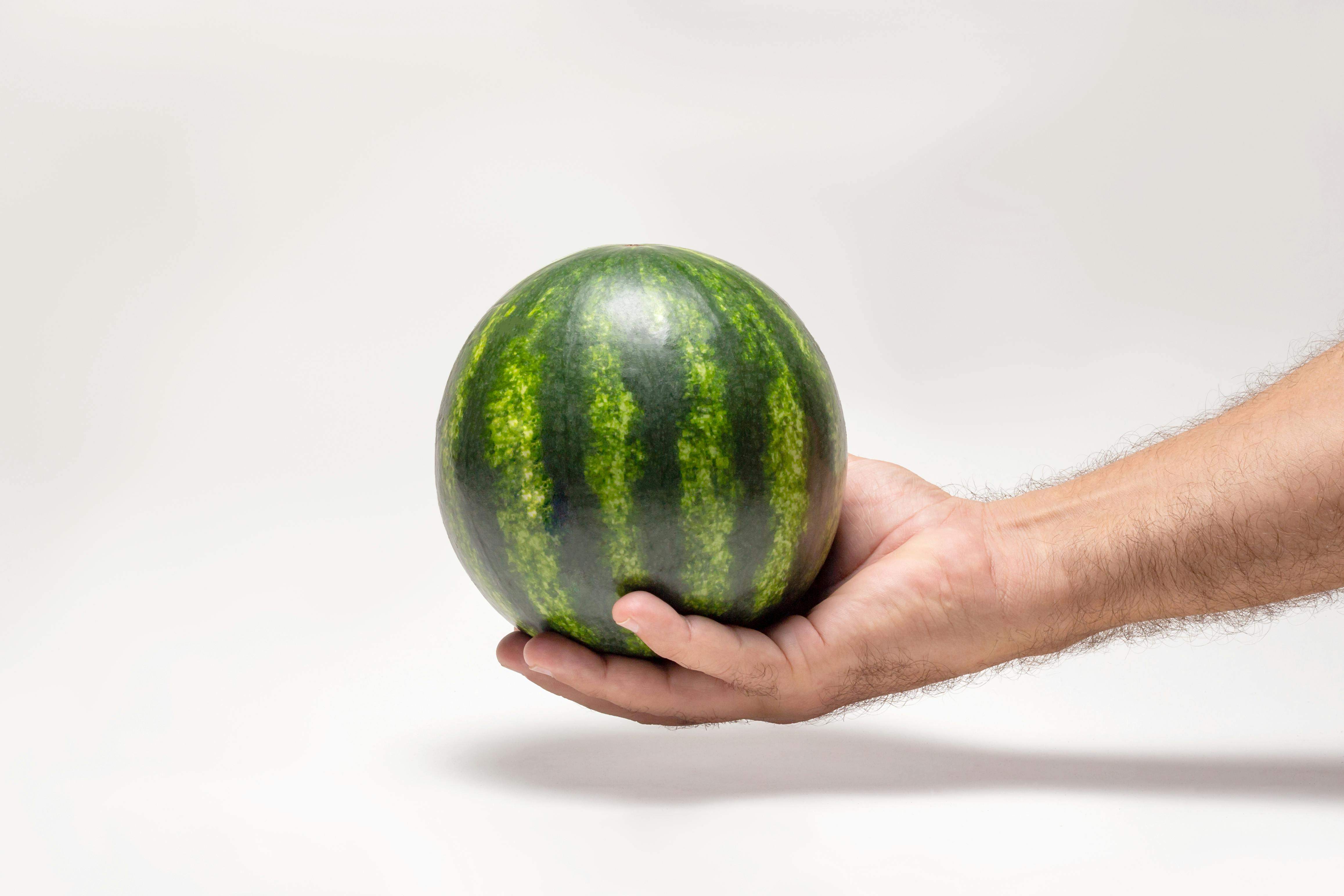Essential Guide to Interstitial Cystitis Diet: Top Foods for Relief in 2025
Interstitial cystitis (IC) is a chronic condition characterized by bladder pain and discomfort. Managing this complex syndrome requires a multifaceted approach, with diet playing a pivotal role. Understanding what to eat and what to avoid can significantly impact the symptoms and overall quality of life for individuals with IC. This essential guide will dive into the interstitial cystitis diet, highlighting the best foods for relief, dietary guidelines, and tips for a bladder-friendly lifestyle.
By implementing dietary changes, patients can experience symptom relief, reduce inflammation, and enhance their quality of life. This article will provide insights into specific foods for interstitial cystitis, hydration tips, and meal ideas tailored for bladder health. Additionally, we will explore anti-inflammatory options, snacks, cooking tips, and the importance of meal prepping for interstitial cystitis.

Join us on this journey to discover how a carefully constructed interstitial cystitis diet can offer healing and relief for those affected by this condition. Here’s what you can look forward to:
- Understanding interstitial cystitis dietary guidelines
- Identifying the best foods for interstitial cystitis
- Learning about food sensitivities and triggers
- Gaining tips on meal prep and cooking methods
- Accessing practical snack ideas for those with IC
Understanding Interstitial Cystitis Dietary Guidelines
When managing interstitial cystitis, it is crucial to follow specific dietary guidelines that support bladder health. The first step is to identify and eliminate potential irritants from your diet. Common triggers include caffeine, alcohol, carbonated beverages, and highly acidic foods. Instead, focus on a well-balanced, low-acid diet that promotes healing.
Incorporating anti-inflammatory foods into your meals can further alleviate symptoms. Foods rich in omega-3 fatty acids, such as salmon and flaxseeds, along with high-fiber options like whole grains, can combat inflammation. Additionally, incorporating low-histamine foods may help, especially for those with histamine intolerance.
It’s also essential to stay hydrated, but read labels carefully to avoid acidic or sweetened drinks. Water is the best choice, and herbal teas can also be beneficial. Remember to keep a food diary to track how specific foods affect your symptoms and help you understand your individual triggers.
Foods to Include in Your Interstitial Cystitis Diet
Crafting a diet tailored for interstitial cystitis involves knowing the foods that provide comfort and nourishment. Focus on:
- Anti-inflammatory Foods: Incorporate foods rich in antioxidants, such as colorful fruits and vegetables. Dark leafy greens and berries can significantly contribute to reducing inflammation in the bladder.
- High-Fiber Foods: Increasing dietary fiber can help maintain digestive health, which is particularly important for individuals adjusting to new dietary habits. Whole grains, legumes, and fibrous veggies are excellent choices.
- Lean Proteins: Opt for gentle protein sources like chicken, turkey, and fish, which can provide nourishment without irritating the bladder.
Foods to Avoid with Interstitial Cystitis
Understanding foods to avoid is just as important as knowing which foods to include. The following should be limited or eliminated:
- Caffeinated Beverages: Caffeine can irritate the bladder and worsen symptoms, so replace your coffee and sodas with herbal teas or caffeine-free alternatives.
- Highly Acidic Foods: Citrus fruits, tomatoes, and vinegar-based dressings may lead to inflammation and should be approached with caution.
- Spicy Foods: Spices can be a significant aggravator for many IC patients, making it essential to know your limits and choose milder options.
Hydration Tips for Interstitial Cystitis
Keeping hydrated is critical for those with interstitial cystitis, yet the type of fluids consumed can make a notable difference. Aim for sufficient water intake throughout the day. When it comes to beverages, consider:
- Herbal teas that are naturally caffeine-free and can provide added benefits, like chamomile for soothing.
- Electrolyte drinks that do not contain artificial sweeteners or high sugar content to keep hydration levels in check.
- Avoiding dehydrating drinks, such as energy drinks or excessive alcohol, which can exacerbate symptoms.
Meal Ideas for Interstitial Cystitis
Creating a meal plan for interstitial cystitis doesn’t have to be overwhelming. In fact, there are many delicious and nutritious options available that can cater to the dietary needs of individuals with IC.
Consider the following meal ideas:
Breakfast Options
Start your day with options like:
- Oatmeal with Blueberries: This high-fiber breakfast is both filling and bladder-friendly.
- Smoothies: Create smoothies with bananas, spinach, and a base of almond milk for a nutritious way to kickstart your morning.
- Scrambled Eggs with Spinach: A protein-packed breakfast option that helps keep energy levels stable.
Lunch Suggestions
For lunch, explore:
- Quinoa Salad: Quinoa with mixed vegetables and a light dressing is a great lunch option.
- Turkey and Avocado Wrap: Make a wrap with turkey, lettuce, and avocado using gluten-free or low-acid tortillas.
- Grilled Chicken and Rice: Simple grilled chicken served over brown rice, accompanied by steamed vegetables.
Dinner Ideas
For dinner, you might enjoy:
- Baked Salmon with Asparagus: A great source of omega-3 fatty acids complemented by fiber-rich asparagus.
- Stuffed Bell Peppers: Bell peppers stuffed with brown rice, black beans, and ground turkey.
- Vegetable Stir-Fry: Using a mix of your favorite non-irritating vegetables sautéed in a safe cooking oil.
Interstitial Cystitis Snack Ideas
Mitigating hunger throughout the day can be made simple with healthy snacks. Here are some snack ideas that are kind to your bladder:
Healthy Snack Choices
Some options include:
- Yogurt with Honey: Choose unsweetened yogurt for its probiotic benefits, and drizzle with honey for taste.
- Cucumber Slices: Enjoy fresh cucumber slices with hummus or guacamole for a refreshing, crunchy snack.
- Rice Cakes: Choose plain rice cakes, topping them with almond butter or sunflower seed butter.
Common Mistakes to Avoid
When snacking, be cautious not to:
- Opt for packaged snack foods high in preservatives and additives that could trigger your symptoms.
- Forget to read labels! Many seemingly safe snacks may contain hidden irritants.
Expert Recommendations for Interstitial Cystitis Diet
Healthcare professionals suggest that individuals suffering from interstitial cystitis should also consider:
- Consulting with a dietitian specializing in bladder health for personalized dietary plans.
- Incorporating probiotics into your routine to promote gut health and support bladder health.
- Tracking your symptoms through a food diary to identify triggers and create a more personalized plan.

Q&A Section: Managing Interstitial Cystitis with Diet
What are some common foods I should avoid with interstitial cystitis?
Common irritants include caffeine, alcohol, citrus fruits, tomatoes, and spicy foods. Keeping a food diary can help identify additional personal triggers.
Can a specific diet really help reduce symptoms of interstitial cystitis?
Yes, many individuals report reduced symptoms when adhering to a bladder-friendly diet that focuses on anti-inflammatory foods and eliminates known irritants.
What about hydration? How much water should I be drinking?
Staying well-hydrated is essential. Aim for 6-8 glasses of water daily, adjusting as needed depending on your activity levels and individual comfort.
Are there any dietary supplements that should be included in my diet?
Discuss with your healthcare provider about the possibility of incorporating probiotics, omega-3 fatty acids, and vitamin D, as they may offer additional support.
How can I find recipes that fit within the guidelines for interstitial cystitis?
Many websites and cookbooks specialize in IC-friendly recipes. Also, consider modifying your favorite recipes by substituting irritants with bladder-friendly alternatives.
In conclusion, developing a comprehensive interstitial cystitis diet involves careful planning and consideration of individual food choices. Following appropriate dietary guidelines, focusing on nutrient-dense foods, and consulting with professionals are vital steps toward managing interstitial cystitis symptoms effectively. Start your journey with the interstitial cystitis diet today, and take charge of your health!
